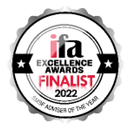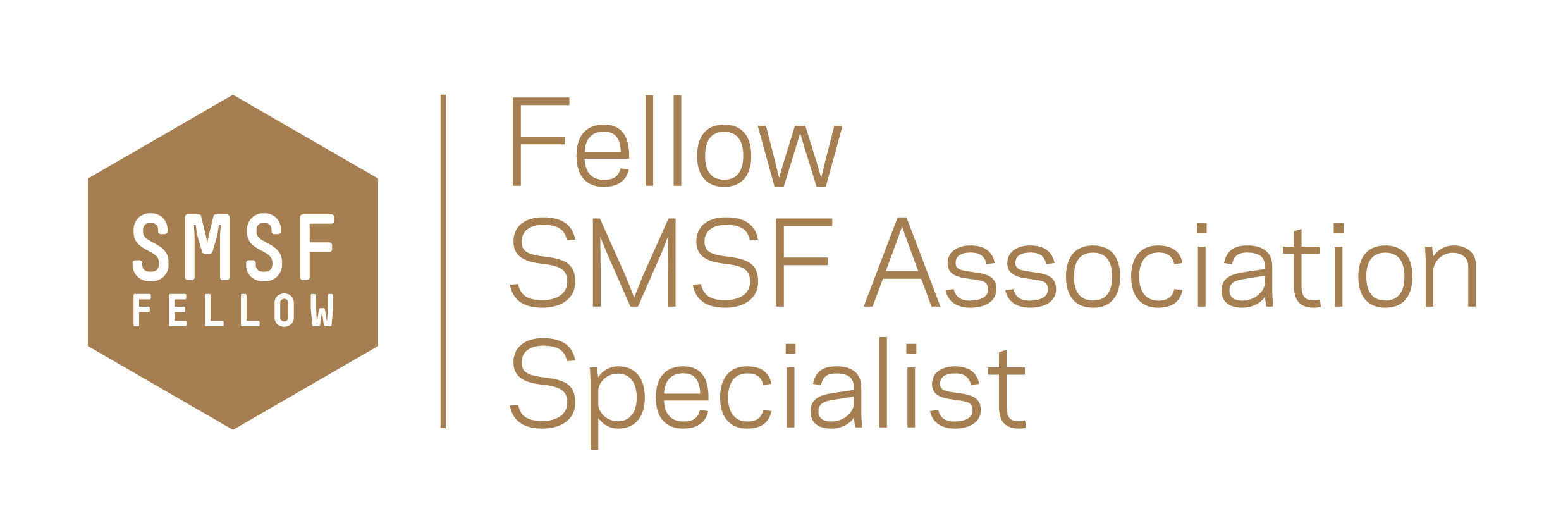Control over investment decisions lies with the Trustees of the Fund.

We find this is the main reason so many Australians are establishing their own Self-Managed Superannuation Fund or SMSF for short. The range of investments you can consider for your portfolio include almost anything you yourself could invest in as an individual including:
- Direct investments (such as shares, ETFs, cash, term deposits, hybrids, income securities, gold/silver bullion and bonds)
- Cryptocurrencies, Bitcoin, Ethereum, initial Coin Offerrings (Just because you can doesn’t mean you should)
- Direct property (Residential houses, villas, units, as well as Commercial property such as offices, warehouses, factory units, shops and land.)
- Managed funds (retail or wholesale, domestic and/or international)
- Private Unit Trusts
- A business (non-related party to avoid hassle) and business property
- Non-traditional assets such as coins, antiques, art , taxi plate licences, ATMs (some of these have been subject to major losses)
The first step is to ensure your Trust Deed allows you to invest in the items you are considering. I know it is a long boring document but you need to know its contents so go through it regularly to get a handle on it. If it does not specifically mention cryptocurrencies then you should have the trust deed updated to allow them as they may not fall under any other category.
Once satisfied the Trust deed does not exclude an investment, the types of investments the SMSF actually holds are determined by the fund’s investment strategy, which is formulated by you, along with the other members in the fund, and often advised by an SMSF Specialist Advisor™. The fund’s strategy should reflect your objectives, risk profile/tolerance, liquidity needs and the investments you intend to utilise. This is not set and forget or forged in stone. The investment strategy can be changed as often as you wish, to suit your changing circumstances and to take advantage of new investment opportunities. The fund can also incorporate different strategies to suit each of its members.
An important benefit of this having this ultimate control is that, during retirement phase, you can continue to invest in growth assets. This contrasts the approach of many retail providers, who lock ‘pension phase’ investors into income-producing assets such as cash and fixed interest, increasing the risk that the investor may outlive their retirement savings. This is coming back on the agenda now as many funds move to ”Lifecycle strategies” which I believe are dangerous in assuming that fixed interest is low risk when inflation is a real risk and bubbles can effect the capital value of even “conservative”options.
It is important to understand that there are certain regulatory limitations placed on SMSF; for example, a fund cannot borrow money to invest in assets such as property or shares unless the funds are provided through a Limited Recourse Borrowing Arrangement (LRBA) .
A fund cannot acquire assets from related parties of the fund or invest in in-house assets; for example the fund could not purchase your assets (such as your house or residential investment property) from you. Other restrictions placed on the fund include the inability to lend funds to members or their relatives or to provide the assets of the fund as security for personal borrowing.
As part of our service, we can provide you with access to a range of investments for your SMSF.
Can I invest in equipment and leased it to my business?
Technically yes but there are so many ways you can get in trouble it may not be worth the hassle. I went into this in more debt in this article.
Can I buy a Classic or Vintage Car within my SMSF?
Again technically and theoretically yes you can, but it would be very difficult with many pitfalls. You’d also have to be able to prove to the ATO that the investment meeting the sole purpose test and was going to generate income for your retirement and not for personal enjoyment now! You can own but you or a related party cannot drive it even for maintenance purposes! If you invest in classic cars, they would have to be hired out to generate income. It would be difficult for you to drive. Remember if you are driving you need to be covered by the vehicle’s insurance, and that would make it obvious to the ATO you are using the car for your own purposes.
Can I use a property within my SMSF?
SMSFs are expressly forbidden from investing in the family home or holiday home for your personal use. But they are able to invest in investment properties – as long as the property is only used for investment purposes. Likewise properties within holiday resorts or golf courses can draw the ire of the ATO as again you may be seen to benefitting members personally rather than providing for retirement
This means fund members can’t go and stay in the property or rent it out to family members. The property should generally be managed by a real estate agent to satisfy the sole purpose test regulations unless you can show genuine evidence that you are managing it professionally yourself.
If I want to push the limits! Coins, jewellery, antiques, wine and art?
You can invest in coins – but you can’t display them if you want to satisfy the sole purpose test. Coins are collectables if their value exceeds their face value. Therefore, if bullion coins have a value that exceeds their face value and they are traded at a price above the spot price of their metal content, they will be a collectable and your SMSF must comply with regulation 13.18AA in relation to the investment
Likewise, you can invest in wine but you can’t drink it unless you are in pension fully retired and taking it out as a lump sum pension payment! If your fund acquired the wine on or after 1 July 2011 it must not be stored in the private residence of any related party. A private residence includes all parts of a private dwelling (above or below ground), the land on which the private residence is situated and all other buildings on that land, such as garages or sheds.
SMSF investments in art operate in a similar way. You can’t hang it in the hall at home, but you can rent it to a non-related company or an art bank that rents out artworks on an ongoing basis.
Here is a link to the ATO’s guidance on leasing and selling artworks:
ok so what about stepping into the Cryptocurrency or Bitcoin mania?
Just because it may be possible does not mean you should. If you want to then you need to do some major research and follow normal compliance rules to the Nth degree. Read my blog SMSF Research – BITCOIN, DOLLARS, GOLD: What Is the Future of Money?
Although it might seem like a good idea to use your super to invest in exotic assets, the value of these types of investments is notoriously volatile and the market for these asset classes is generally pretty illiquid. If you have special or professional knowledge in a particular subject then you may be able to put forward a better case than an ordinary person for engaging in those assets as part of your funds strategy. Again make sure that you are not using your SMSF or its assets to prop up your own business.
I hope these thoughts have been helpful and please take the time to comment if you know of other investments as I know this is not an exhaustive list. Would love some feedback as well.
Liam Shorte B.Bus SSA™ AFP
Financial Planner & SMSF Specialist Advisor™





Tel: 02 98941844, Mobile: 0413 936 299
PO Box 6002 BHBC, Baulkham Hills NSW 2153
5/15 Terminus St. Castle Hill NSW 2154
Corporate Authorised Representative of Viridian Advisory Pty Ltd (ABN 34 605 438 042) (AFSL 476223)
This information has been prepared without taking account of your objectives, financial situation or needs. Because of this you should, before acting on this information, consider its appropriateness, having regard to your objectives, financial situation and needs. This website provides an overview or summary only and it should not be considered a comprehensive statement on any matter or relied upon as such.
0.000000
0.000000



















